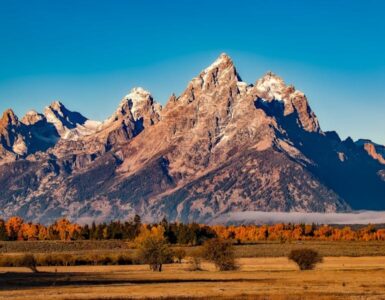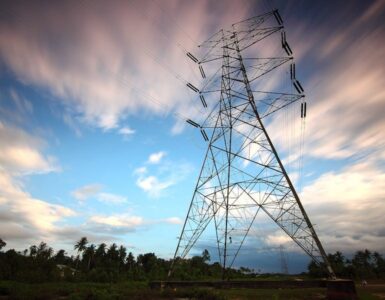Time is wasting. Arizona’s part of a seven-state agreement to protect diminishing Colorado River water supplies must be signed now or the state faces a grim outcome, says a policy brief released by the non-profit Arizona Chamber Foundation today.
“Time is short for Arizona to sign the Drought Contingency Plan. Arizona water users have been working hard over the past seven months to develop a plan to manage Arizona’s water reductions,” Foundation Policy Advisor Courtney McKinstry said. “The Foundation’s policy brief summarizes complicated pages of legal agreements within the DCP and outlines the steps we need to take to activate the plan. We hope that it serves as a resource to the public and legislators as Arizona works to find agreement before Jan. 31.”
New alarming water shortage projections hasten the urgency. A 19-year-drought has taken its toll. Shortages now are predicted to arrive a decade earlier than expected, likely by 2020.
Gov. Doug Ducey has repeatedly urged state water interests to finalize the agreement. He did so again Monday in his second inaugural speech.
“It’s simple. Arizona and our neighboring states draw more water from the Colorado River than Mother Nature puts back. And with a critical shortfall imminent, we cannot kick the can any further,” Ducey said.
The agreement, called the Drought Contingency Plan (DCP), is a pact between seven states that rely on the river’s Upper and Lower basins for water to quench 44 million people. The DCP lays out how water supplies will be forcibly cut when a shortage occurs, likely by 2020.
A statewide steering committee charged with finalizing Arizona’s plan must have an agreement in place by Jan. 31 or face federal intervention. That would be a disaster, leaving it in the hands of federal agencies or the courts, the foundation brief says.
“Without the DCP, our claims to Colorado River water during times of shortage could be caught up in the courts for decades or managed from Washington D.C. Such uncertainty could be a drag on Arizona’s historic economic resurgence,” it says.
A shortage in Arizona, which is a Lower Basin state, occurs when Lake Mead drops to 1,075 feet above sea level. It’s been hovering dangerously close for years. When a Tier 1 shortage is declared, supplies to states and users are reduced. As the lake drops more tier levels, more severe cuts kick in.
“A critical goal of the DCP is to keep Lake Mead above elevation 1020,” the foundation’s policy brief states. “In 2007, there was a 10 percent chance of this occurring. That risk is now at 40 percent. Below elevation 1020, the lake will only be at 22 percent capacity and no longer have enough water to meet its minimum commitments to the lower basin states.”
A years-long holdup in Arizona is due to disagreement among water leaders and water interests over provisions for shoring up water levels in Lake Mead and lessening the impact of water cuts to low-priority users like Pinal County agriculture.
At a public meeting Jan. 3, steering committee members indicated that a deal is ready to sign. One of the last major hurdles is to find a way to help Pinal County agriculture that will see drastic cuts in a shortage. Gov. Doug Ducey, the Central Arizona Project, the federal government and the Walton Family Foundation have committed up to $133 million to mitigate the impacts of shortages including helping Pinal County agriculture build groundwater pumping wells and infrastructure.
Both chambers of the state Legislature must now approve a joint resolution to allow the Director of the Department of Water Resources to sign the DCP. Several legislators are on the steering committee including incoming House Speaker Rusty Bowers, R-Mesa.
The clock is ticking. The legislature goes into session Jan. 14. It must act quickly or face the U.S. Bureau of Reclamation in the Department of the Interior stepping in to manage Arizona’s Colorado River water affairs.
“This means policy makers will have to hit the ground running in the upcoming legislative session to render the necessary authorization to sign the DCP in less than two weeks,” the chamber foundation brief states.
Congress then must act to approve all agreements. With Arizona finally on board, it’s more likely to sail through, thus avoiding protracted litigation and making the DCP a reality, the policy brief states.
Can Arizona get to the final step in time?
The Arizona Chamber Foundation is a non-profit organization dedicated to expanding economic opportunity in Arizona through research and initiatives. The new policy brief is a follow-up to the foundation’s October 2018 report, Arizona’s Role in Preserving Colorado River Water, that is intended to educate the public and support legislative action on the DCP.
















Add comment